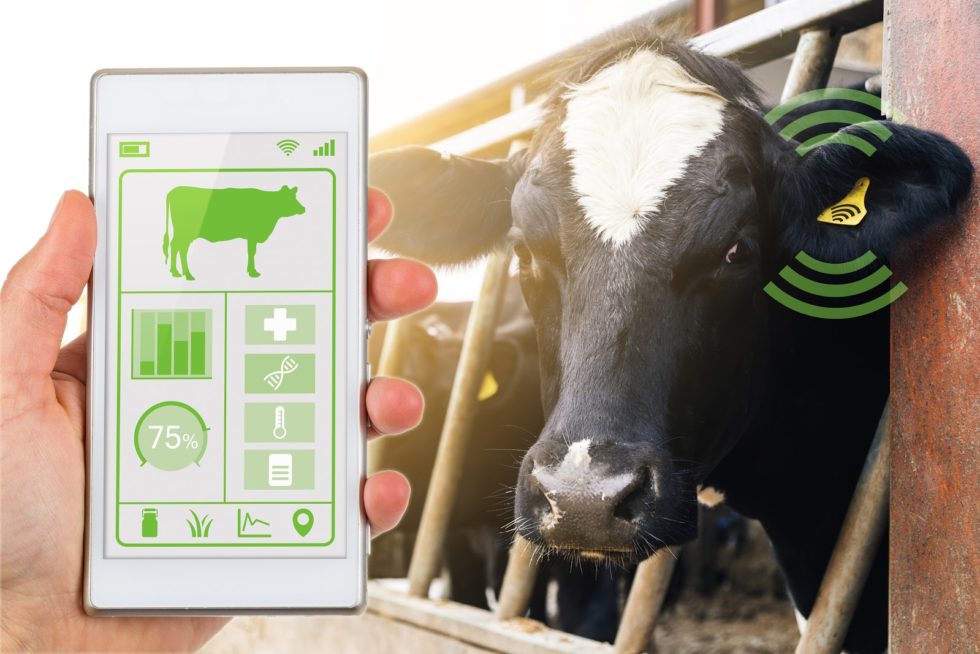Challenges in Agriculture
The agriculture industry plays a vital role in our daily lives, and we can see that there are troubles ahead for the sector. With the growing population and incomes in emerging and developing countries, the food demand is growing at an incredibly fast rate. Adding to the challenge of growing demand, the changing climate and extreme weather conditions like drought, have been compromising entire yields of crops. The World Bank predicts that the world will need to produce about 70 percent more food by 2050 to feed an estimated 9 billion people.
Here are some numbers to think about:
- Agriculture occupies nearly 40% of the earth’s surface
- It is responsible for 70% of global water usage
- It directly contributes to 11% of global greenhouse gas (GHG) emissions
How Technology is Tackling These Challenges
With the current challenges and the already high number of lands occupied and water being consumed, strategies to make farms more efficient and productive must be developed. The concept of Climate-Smart Agriculture translates into using technology to manage landscapes and simultaneously achieve three outcomes:
- Produce more and better food
- Reduce farmers’ vulnerability to drought, pests, diseases, and other climate-related risks and shocks
- Reduce emissions by avoiding deforestation and lower emissions per kilo of food produced
But how exactly does Smart-Agriculture work? It consists of several types of devices that can be installed on farms and help farmers make better and more informed decisions. These devices measure for example the soil moisture and predict rain and prevent farmers from irrigating a field without need (Figure 1). It can also help with pest control and avoiding the widespread use of pesticides by identifying diseases early on. Additionally, there are also devices to monitor animal welfare (Figure 2). These are just two simple examples, there are currently several projects being undertaken to digitalize agriculture and make it more efficient. The World Bank is currently financing several different projects all over the world.


Farming in the Future
In 2018, the size of the smart farming market in Europe was around $3 million, while by 2023 it is estimated to be around $7.2 million. This represents a growth of 140% in just 5 years. The numbers show us an undeniable truth that smart farming is the future of agriculture, and it may help face some of the challenges ahead. However, the sector characteristics like farmers’ average age and the dimension of production might pose some constraints along the way. This is where governments, institutions, and corporations will have to play a vital role in making these changes a reality on behalf of the environment and the world population.
References:
Brooks, Deconinck & Giner (06/2019). Three key challenges facing agriculture and how to start solving them. Available at:https://www.oecd.org/agriculture/key-challenges-agriculture-how-solve/
World Bank (12/2021). 5 Key Issues in Agriculture in 2021. Available at: https://www.worldbank.org/en/news/feature/2021/12/16/5-key-issues-in-agriculture-in-2021
World Bank (04/2021). Climate smart agriculture. Available at: https://www.worldbank.org/en/topic/climate-smart-agriculture
Chalimov, Alexey (07/2020). Available at: https://easternpeak.com/blog/iot-in-agriculture-technology-use-cases-for-smart-farming-and-challenges-to-consider/
Statista (10/2021). Size of the smart farming market in Europe in 2018 and 2023, by application vertical. Available at: https://www.statista.com/statistics/956934/smart-farming-market-size-europe-application-vertical/

